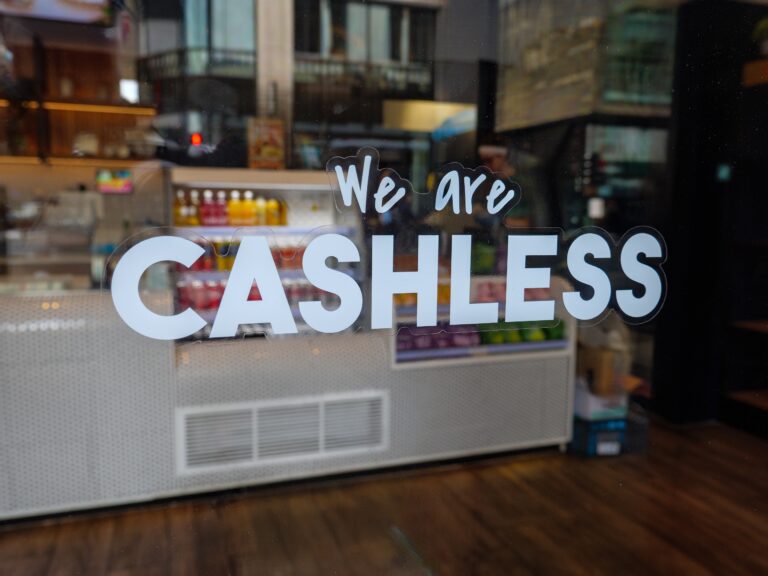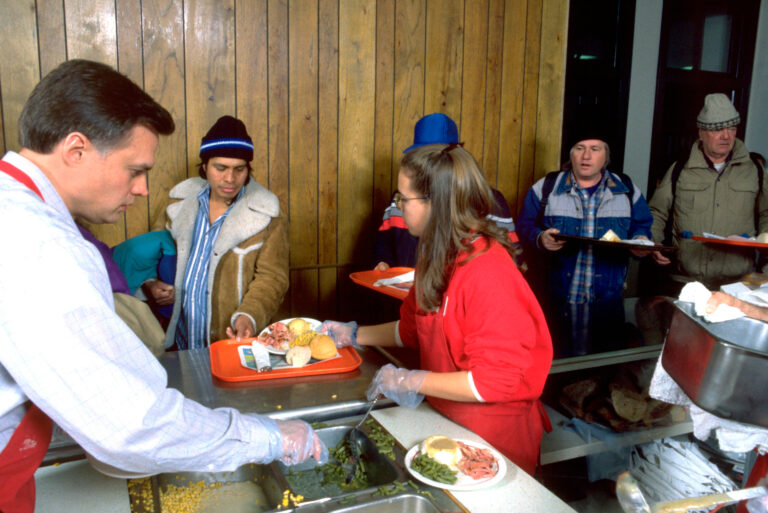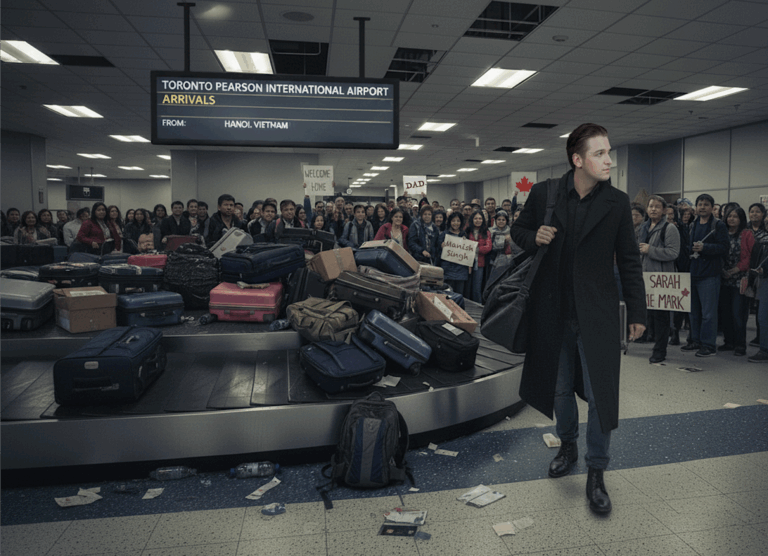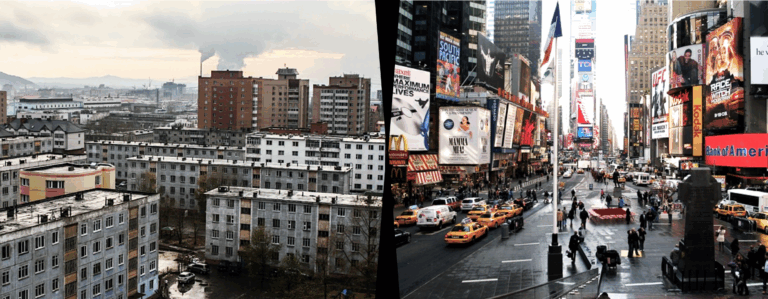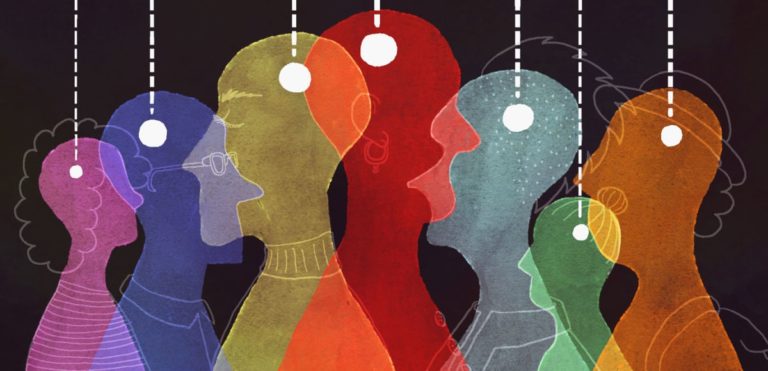In his 1923 book on the British parliamentarian and abolitionist, William Wilberforce, historian Reginald Coupland wrote of how, in the 18th century slave trade, Arab slave-traders would buy Africans from those willing to raid other tribes. In more rare circumstances, if a tribal chief were especially greedy or desperate, he might sell his own people to the slavers.
Such a mixture—greed, callousness to human suffering, and a willingness to sell even kin for cash—is documented in a new book on slavery. But this time, the stories come from Canada. Contrary to the mistaken belief that slavery ever went away, Invisible Chains—Canada’s Underground World of Human Trafficking, punctures such an illusion.
The author, Benjamin Perrin, is a law professor at the University of British Columbia. Ten years ago, he and some other Canadians spent time in Cambodia to combat human trafficking in that country. There, underage rural girls were sometimes sold even by their families to urban pimps who would prostitute them out to foreign “sex tourists,” including men from Canada.
Those tales are horrific on their own. But Perrin also discovered the trade exists in his hometown of Calgary and not far from where he attended school as a kid. In 2003, Calgary police busted “Cloud 9 Body Care,” a massage parlour that imported Thai women, gave them false therapist certificates, and demanded they repay ostensible debts of $80,000 before they could get their passports back. The money would come from sex acts.
One person charged was Anthony Lee, though not for human trafficking; it was not a Criminal Code offence until 2005. For a variety of reasons, only one charge stuck. And even though the prosecutor told the judge that Lee was involved in “a modern form of slavery,” Lee was convicted and fined just $10,000 for keeping a common bawdy house; that fine was a minor business expense given that each trapped girl could easily earn Lee that every month.
Information on human trafficking is not easy to find. Perrin has filed multiple information requests and interviewed police and prosecutors across Canada to grasp the extent of the scourge. Here are a few snapshots: In 2001, Vancouver police rescued an 11-year old girl from Portland, Oregon, brought to Canada and forced to engage in sex acts for money. In 2006, police in the B.C. border town of Osoyoos apprehended a man trying to ferry six South Korean women across the border into the United States. The women thought they would be employed in restaurants; police were sure they would end up as part of the 14,500 to 17,500 people shipped into the U.S. every year for forced labour and sex trafficking.
The modern slave trade’s victims are not just foreigners. Edmonton police report young women from Alberta have been drugged, beaten and gang-raped by traffickers who forced them into prostitution. Once firmly under the control of traffickers, the women were shipped to U.S. cities including Las Vegas where wealthy clients would pay up to $10,000 per weekend. And one of the most notorious street gangs to profit from domestic sex trafficking exists not in some large city, but in North Preston, Nova Scotia. For more than a decade, ‘North Preston’s Finest” as the gang is called, has recruited girls and young women in Nova Scotia; they’re then shipped to work as prostitutes in southern Ontario.
Perrin’s analysis of the trapped psychological state of many victims (even when they could physically escape, and many cannot), is sobering. Girls and young women with low self-esteem are easy prey. In 2006, a young Montrealer, Genevieve, was hit on by a 22-year-old album producer who became her “boyfriend” and moved them both to Toronto. He soon suggested she could help out with their poor finances if she became an exotic dancer. She did and he later followed up with “suggestions” of sex acts with clientele. She acquiesced at first but when she later resisted, he beat her. When the truth of her situation dawned on her, Genevieve fled to police but not before Jacques Leonard-St. Vil earned $20,000 off his “girlfriend.”
The trade is much more lucrative. Toronto police estimate the average trafficked woman will bring in $280,000. Over a two-and-a-half year period, Imani Nakpangi made $400,000 off of 14-year-old Samantha whom he sold for sex through Craigslist. Nakpangi also made $360,000 off another girl, Eve. Unlike Samantha, Eve was trapped by force—Nakpangi threatened to kidnap and kill her two-year-old brother if she ever left. Eve eventually went to police and both women were freed. In 2007, Nakpangi was sentenced to just three years and 11 months in prison as Canada’s first convicted human trafficker. But Samantha always believed she was Nakpangi’s girlfriend and that he loved her.
Invisible Chains is not an enjoyable read; it is a necessary one. Professor Perrin’s book will do much good.

